The Classic Car Paintings of Alan Fearnley
by Alan Fearnley
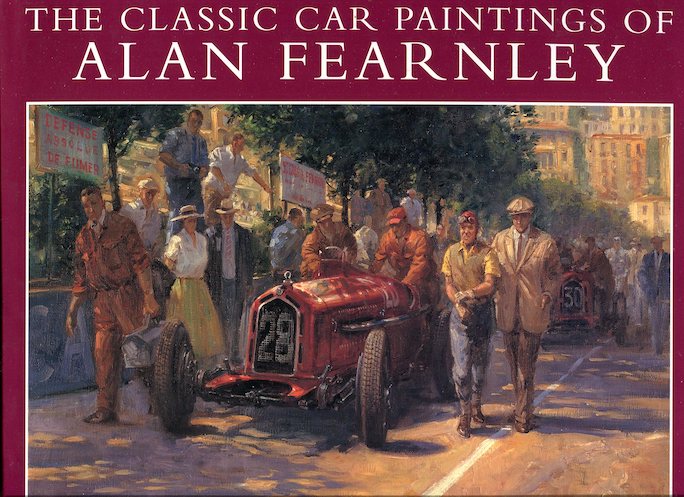
If you have ever visited the corporate offices of Rolls-Royce, Porsche, or Mercedes, to name a few, you may have seen a “Fearnley” hanging on the wall. Scores of corporate and private clients have commissioned his work as he is one of Britain’s foremost contemporary artists of works with transportation themes.
The absence of a hyphen between classic and car in the title is not accidental for the paintings are not exclusively of cars that are Classics (although there are some), but some are paintings that have cecome classics among Fearnley’s body of automotive work. Further, the book’s title, albeit descriptive and to the point, doesn’t quite seem to capture Fearnley’s professed intent. His paintings are “car paintings” inasmuch as they happen to contain cars, but they are not portraits of cars per se. Rather, the cars are a character, part of, embedded in fully-articulated, fleshed-out scenes of greater scope and detail. In other words, in terms of artistic vision and technique, his paintings have merit and appeal irrespective of any automotive content.
In fact, Fearnley worries that “art lovers” do not think of “pictures with cars” as proper fine art. Give them a still life with an apple and art collectors fork over serious money—give those same collectors a still life with a dusty Ferrari and watch them turn up their noses.
Fearnley’s oil paintings are fabulous, even in book format where they are reduced to a fraction of their original size. They are not merely of objects, but of moods. Everything—be it props such as Fearnley’s personal wicker chair or cufflinks, or flora and fauna, or the cars themselves—are rendered with enormous accuracy and realism. In most of his paintings there are a dozen things happening. One has but to take time looking to discover the nuances.
Automotive art has, by virtue of what it presents, risks. And thus two of Fearnley’s paintings have inadvertently fallen into such a “trap”. In one painting he shows a righthand-drive Ferrari California Spyder when no such animal ever existed. In another, similar to Terrence Cuneo’s famous painting of the same scene, it is not raining in the Blue Train Bentley picture. But, kudos to the artist, the car is, for once, not British Racing Green but looks more like the cream over brown it actually was—albeit with still the wrong coachwork—no fault of Fearnley’s as it was only in the year of the publication of this book that the true identity of that car was proven. (And the painting had long been done anyway.)
Printed in landscape format, the 57 full-page color plates of the original oil paintings are accompanied by the artist’s notes and 65 pencil sketches or studies of alternate compositions. The notes relate the origins and circumstances of each work and give some welcome background not otherwise self-evident from looking at the paintings. Having the artist walk the reader through his own work provides the sort of direct link no interpreter could ever achieve; even the art student or fellow artist will benefit from this guided tour. This section is preceded by an 8-page biographical essay that covers the author’s interests, career and modus operandi and describes the commissioning process. He has raced cars himself, at the amateur level, and surely this experience, as much as his background in landscape painting, sharpened his eye for many of the technical and life-style layers of his racing pictures. All the scenes, even the fictitious ones, are rendered completely convincing and historically plausible.
The paintings do have titles, but don’t expect them to necessarily be descriptive of the particulars of cars or locations. As with proper art publications each plate is described, specifying the medium, image size, and, where known, the client or collection in which the original artwork now resides. All 57 oils are from Fearnley’s 1991–2000 output but the criteria by which these particular 57 were selected, or their order of presentation is not revealed.
The foreword is written by Roy Salvadori who is shown in his Aston Martin at Goodwood just on the margin of one the paintings. Identical versions of the book were simultaneously published in the UK by David Porteous Editions and in the USA by Howell Press. It is still easily found on the secondary market and was also available in a deluxe slipcased, leather-bound hardcover edition signed by the artist.
Copyright 2010, Sabu Advani (speedreaders.info)


 RSS Feed - Comments
RSS Feed - Comments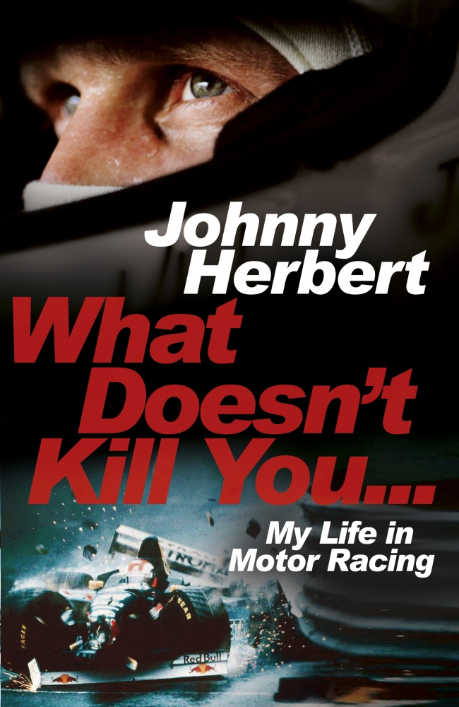

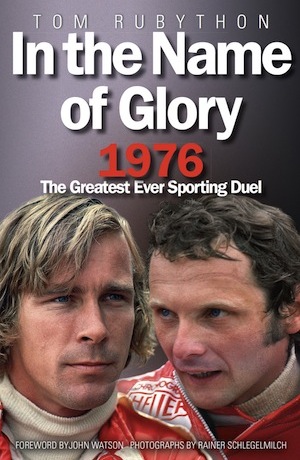
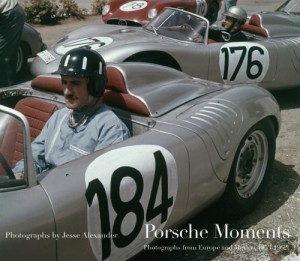

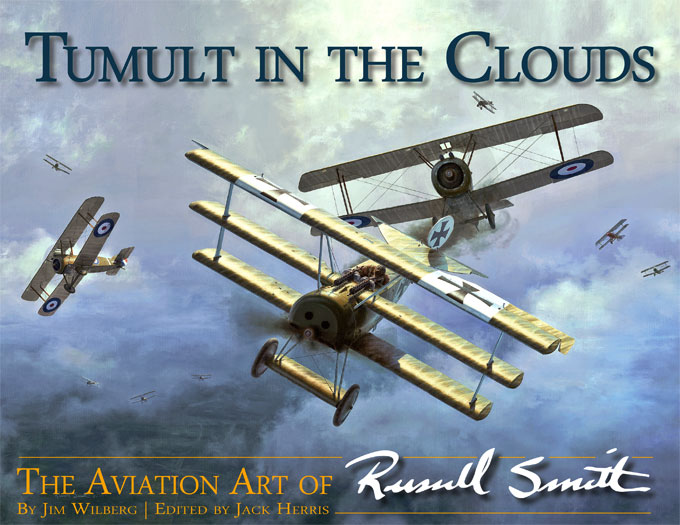
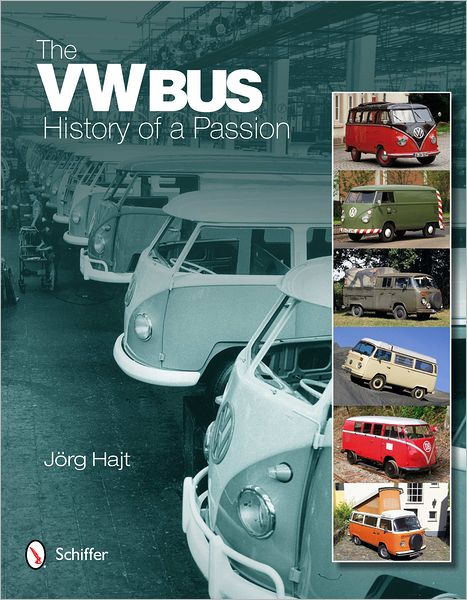
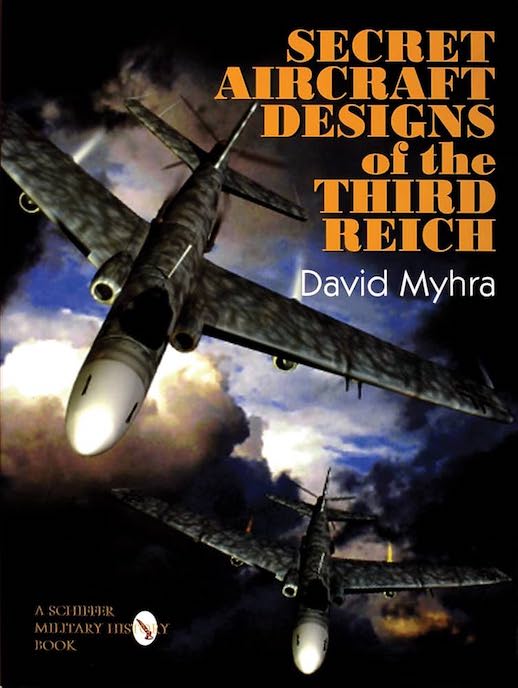
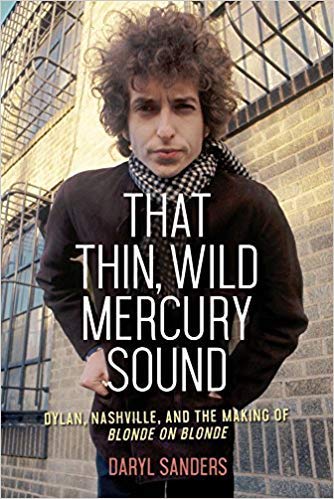
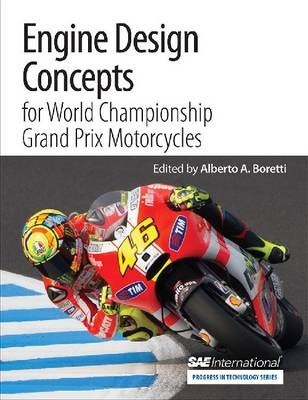


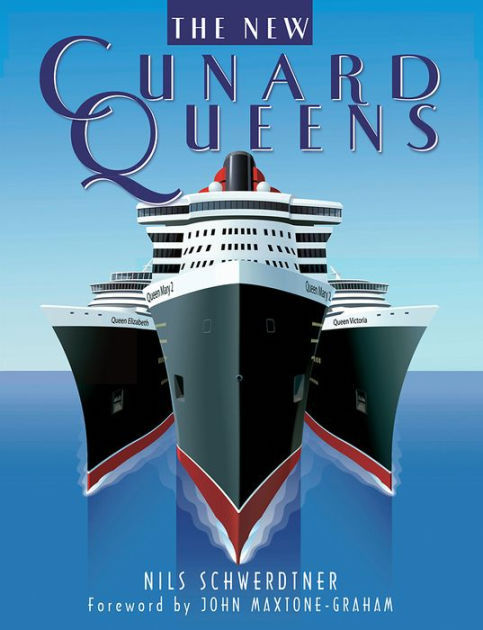
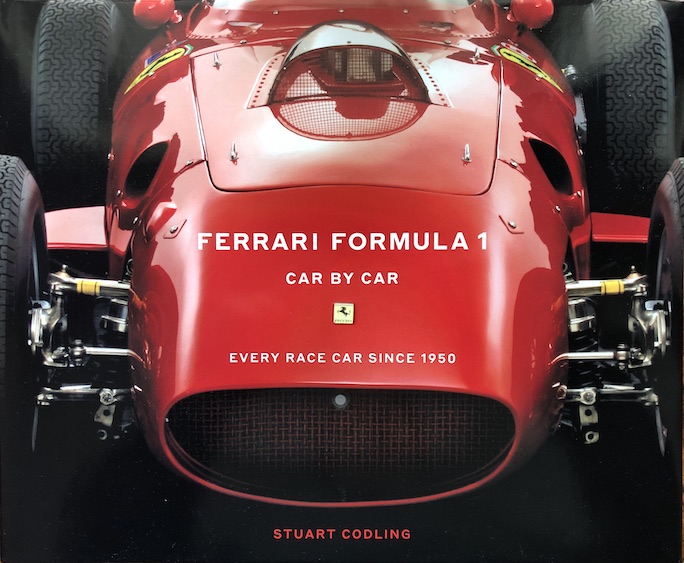

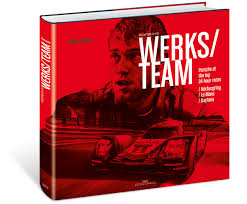
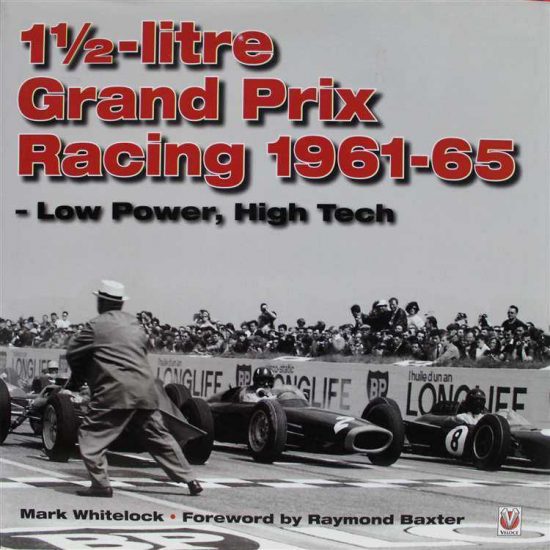
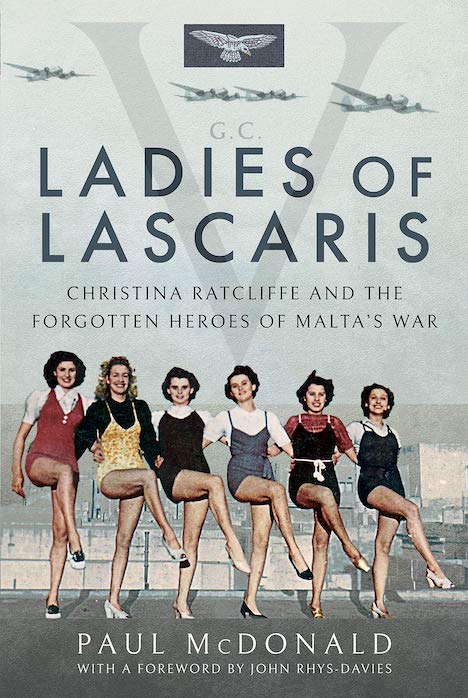
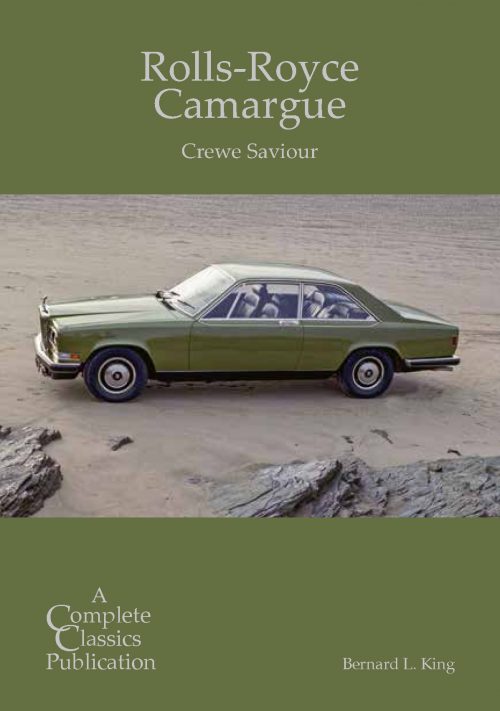
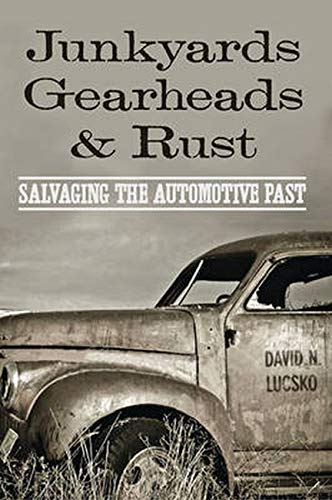
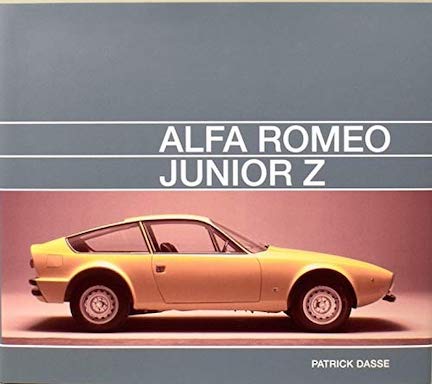
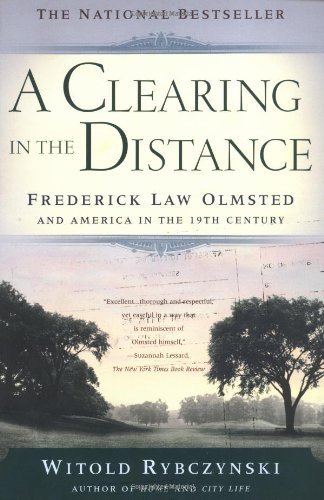
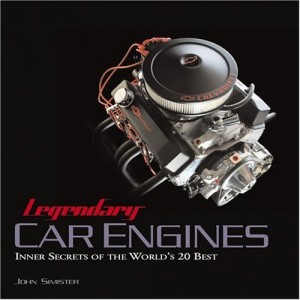
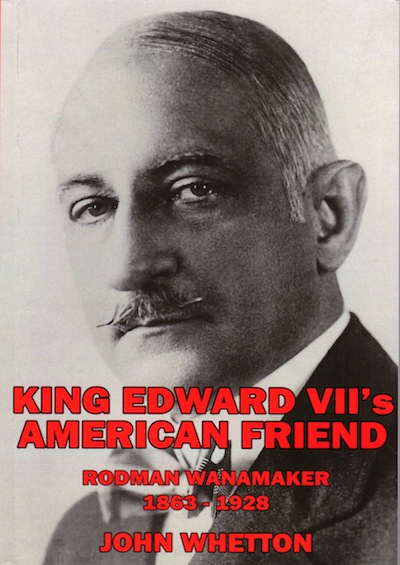

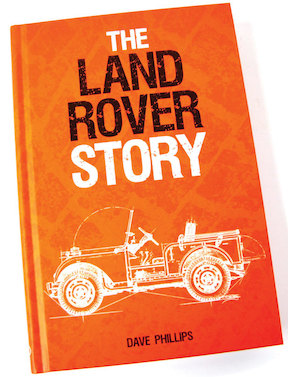
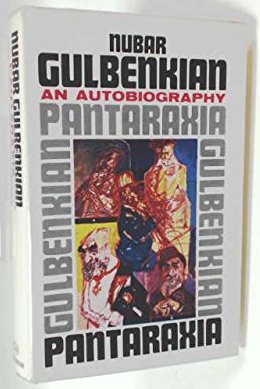


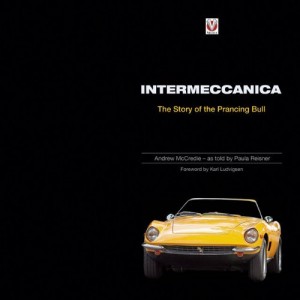
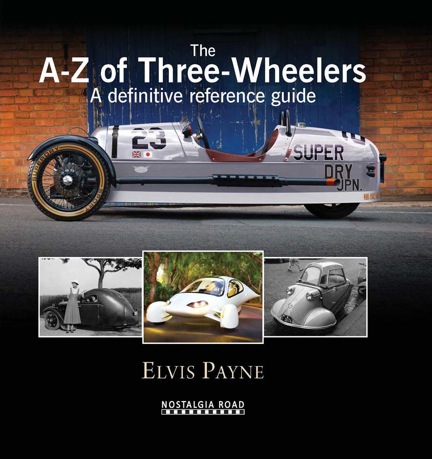
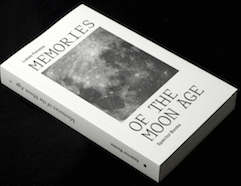
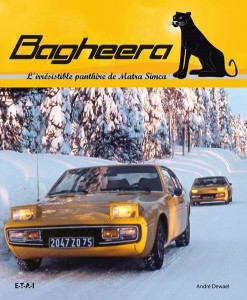
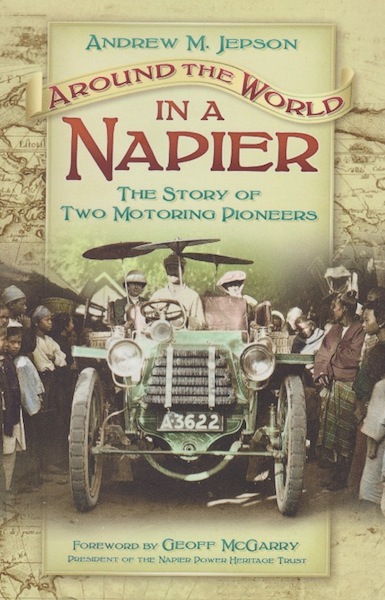
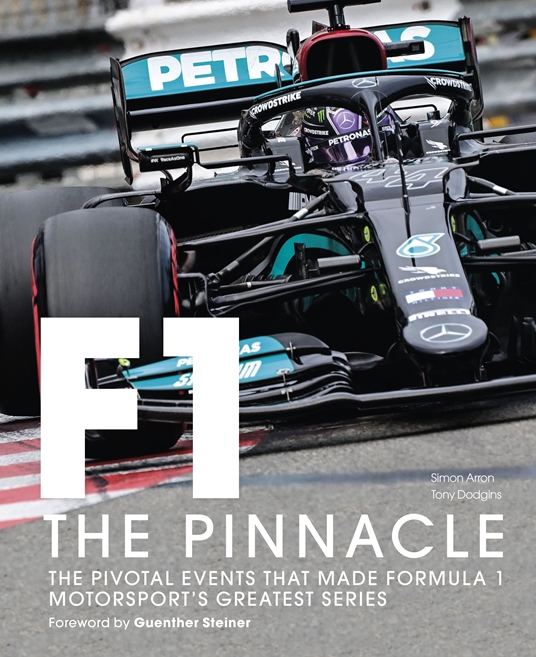
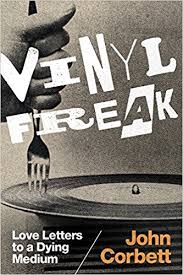

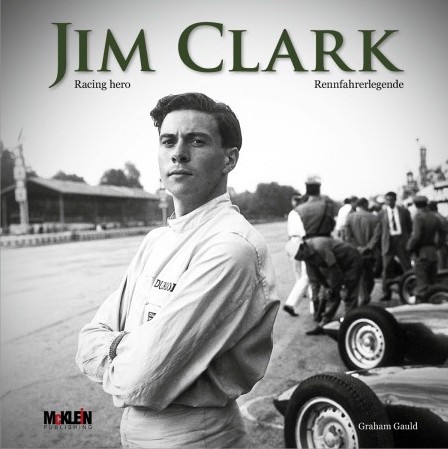

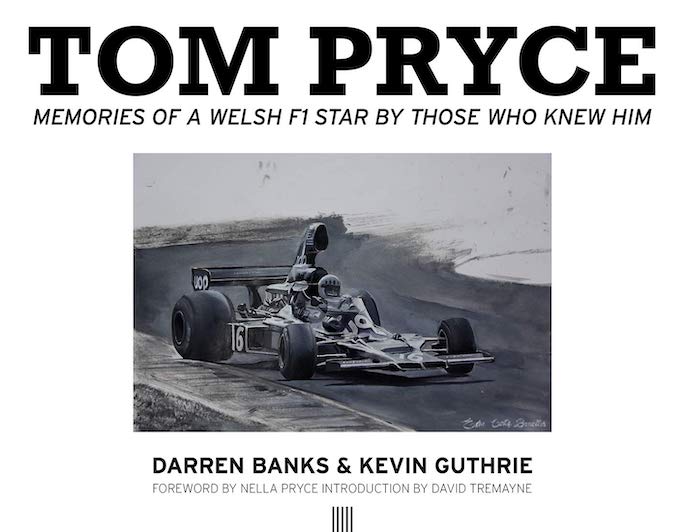
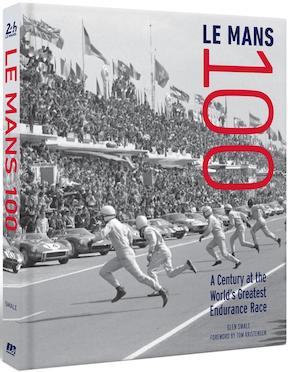
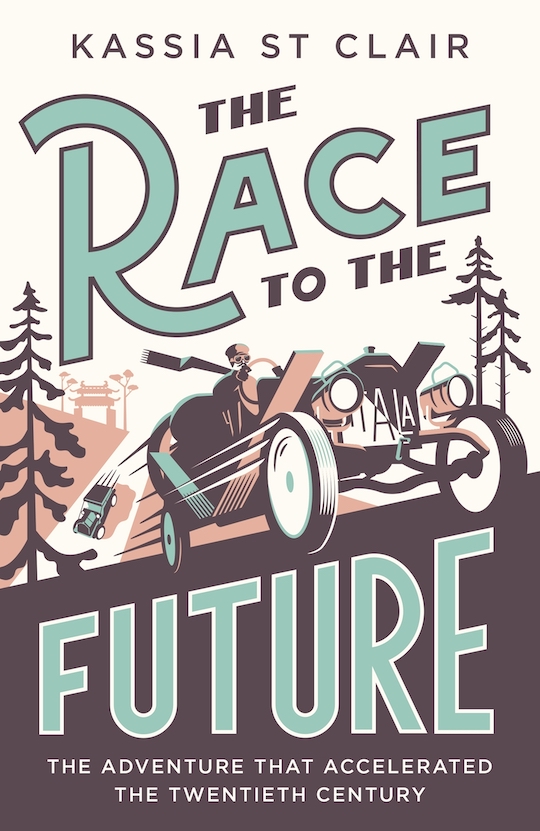
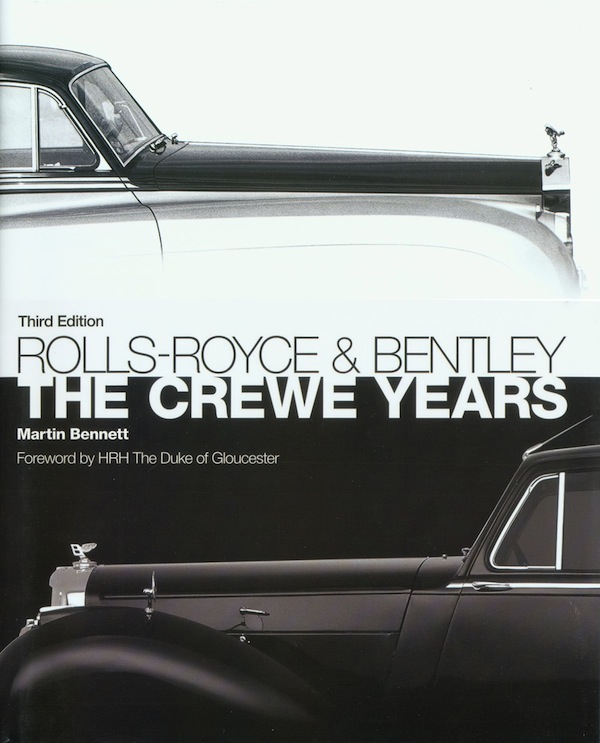
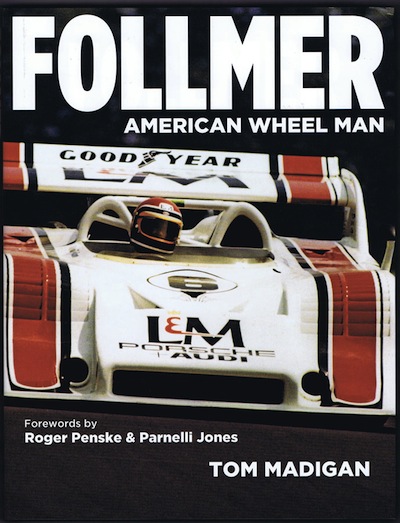
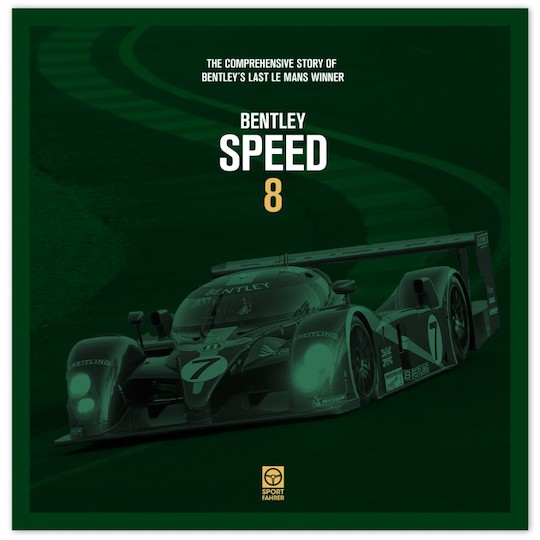

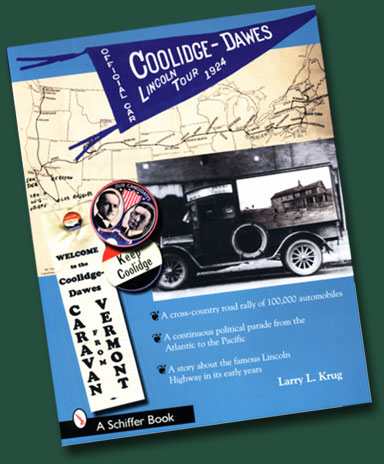
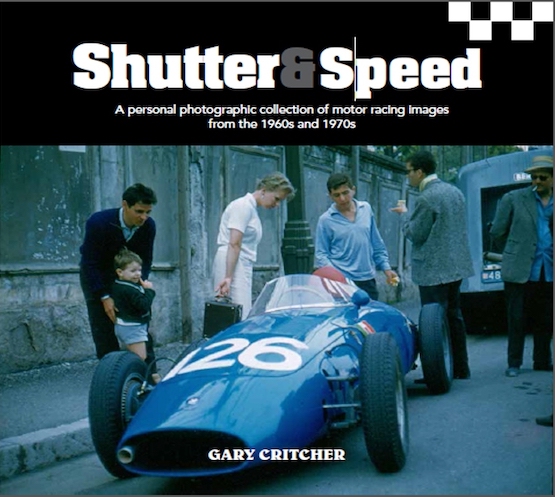
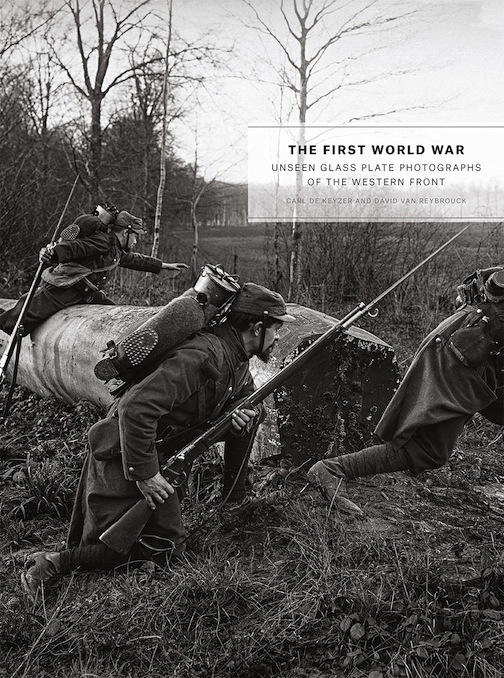
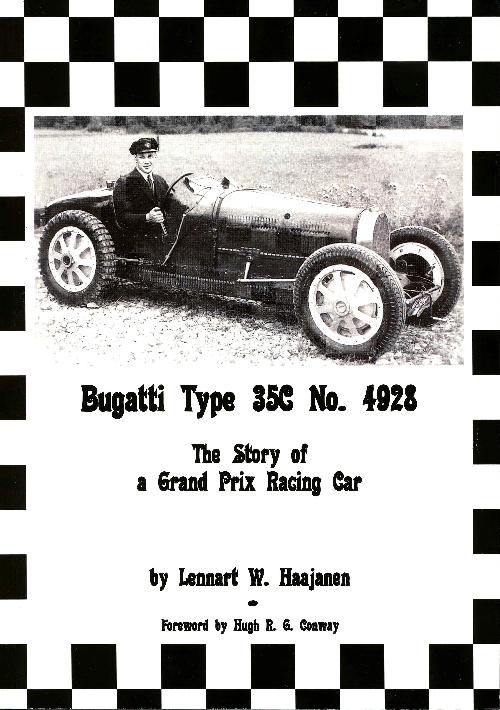
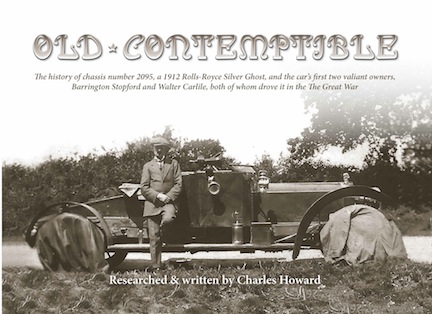
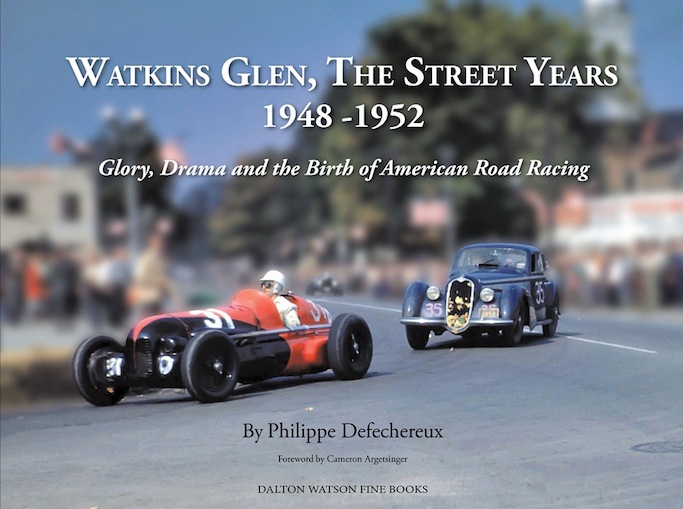
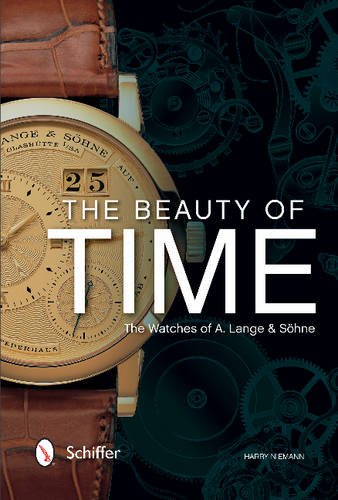
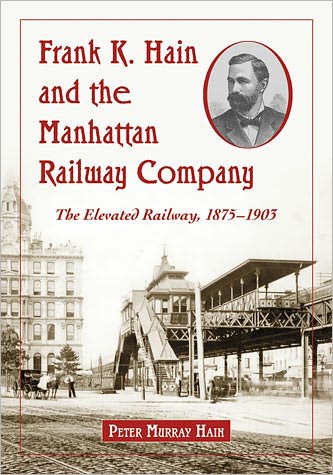

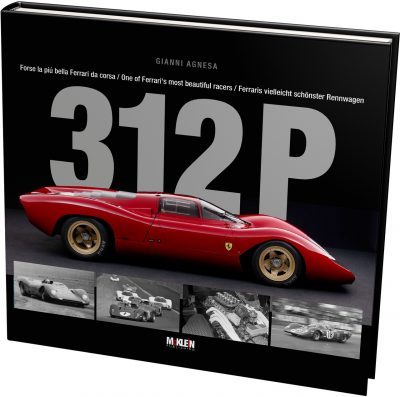
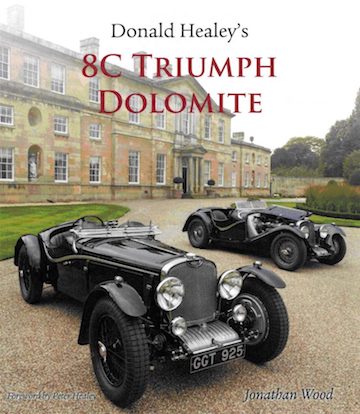
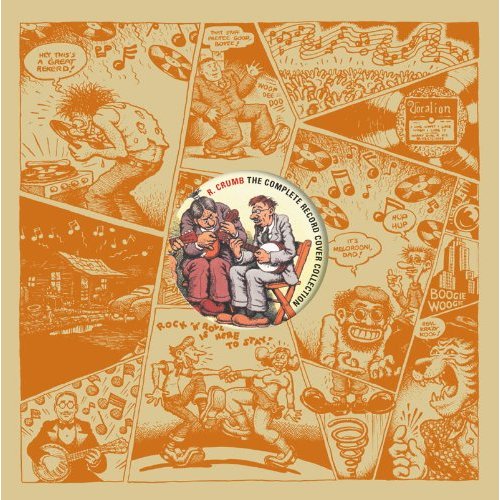
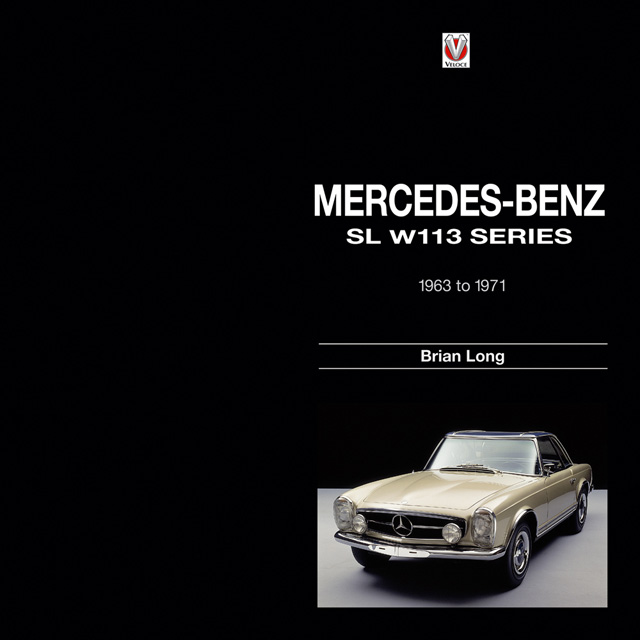
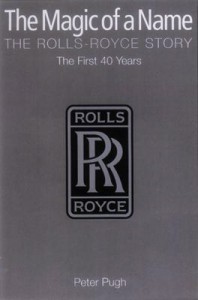
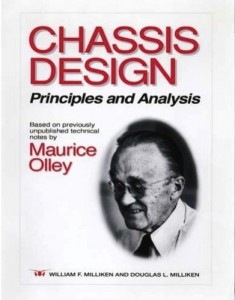
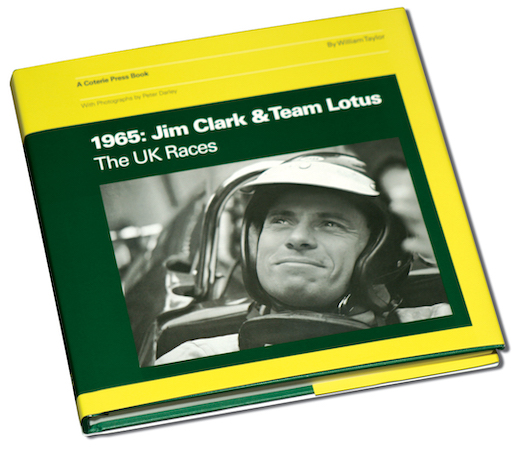
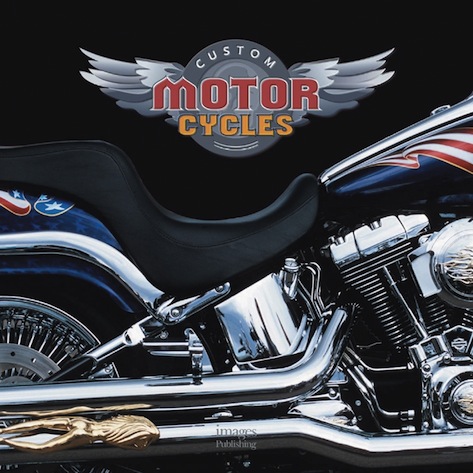
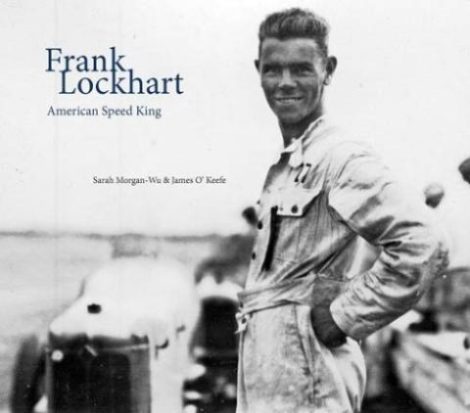
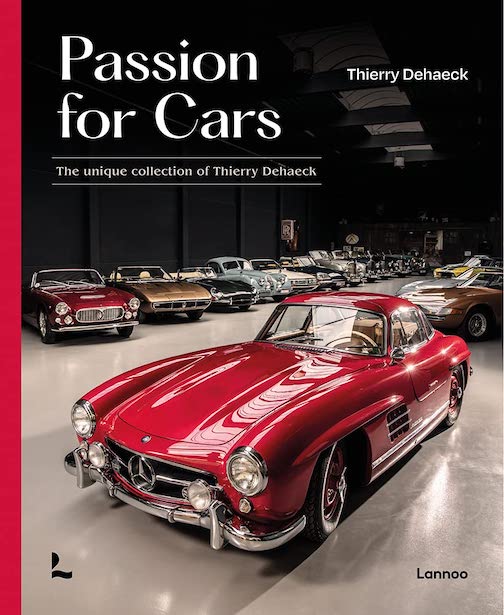
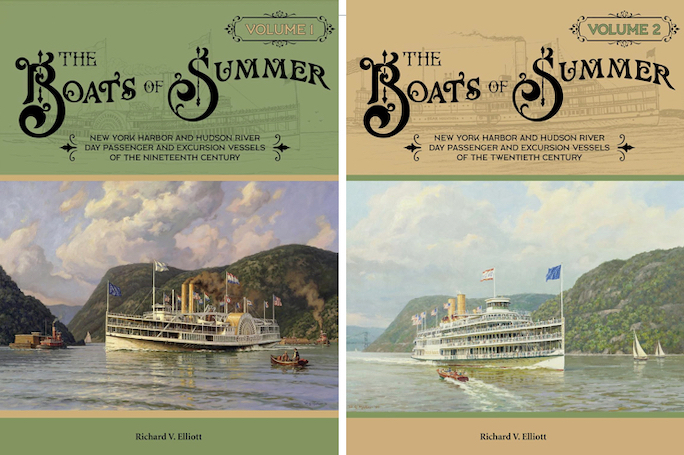
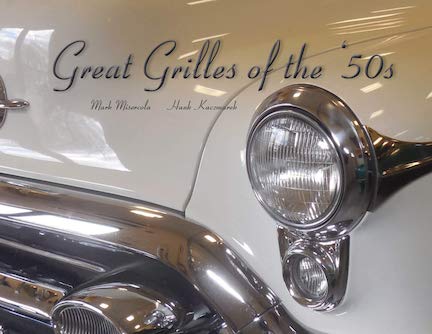
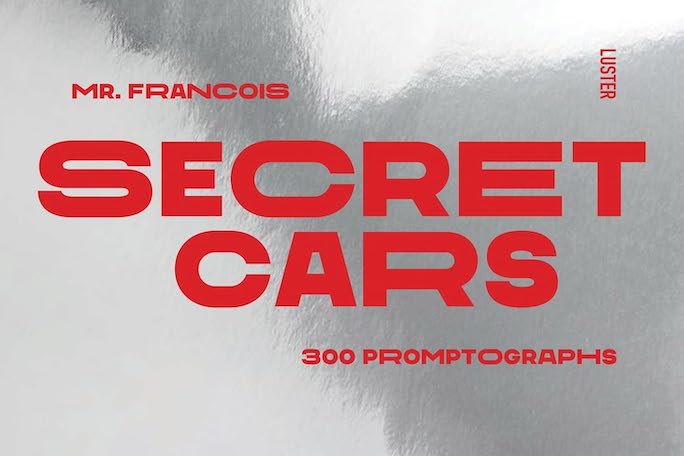
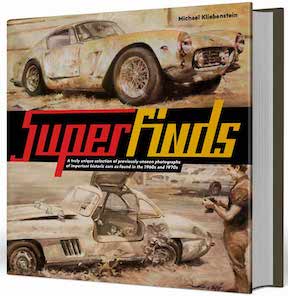
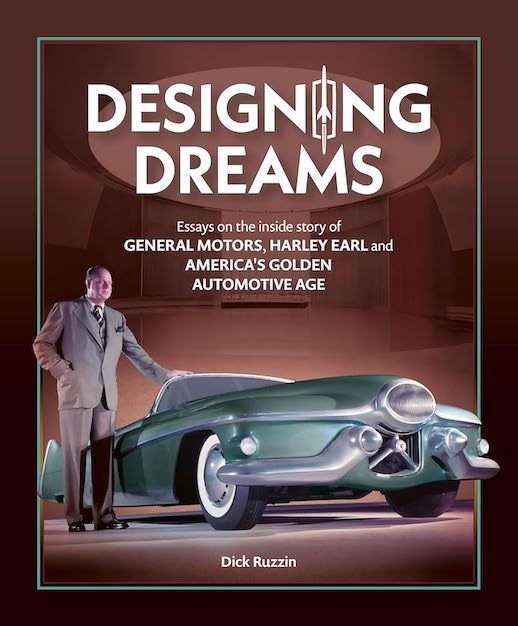

 Phone / Mail / Email
Phone / Mail / Email RSS Feed
RSS Feed Facebook
Facebook Twitter
Twitter